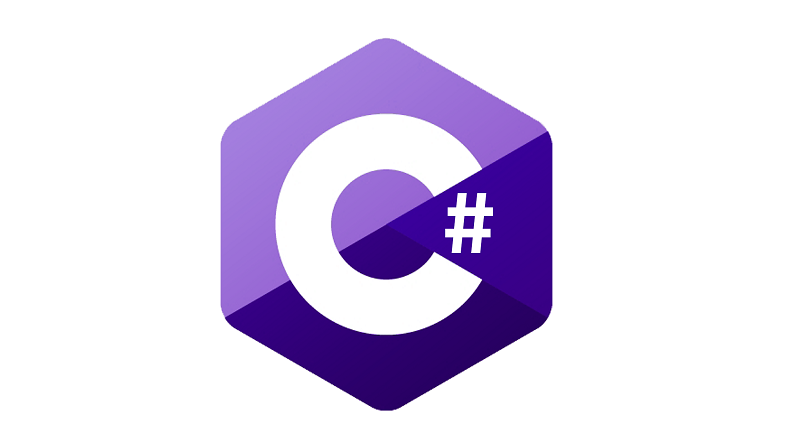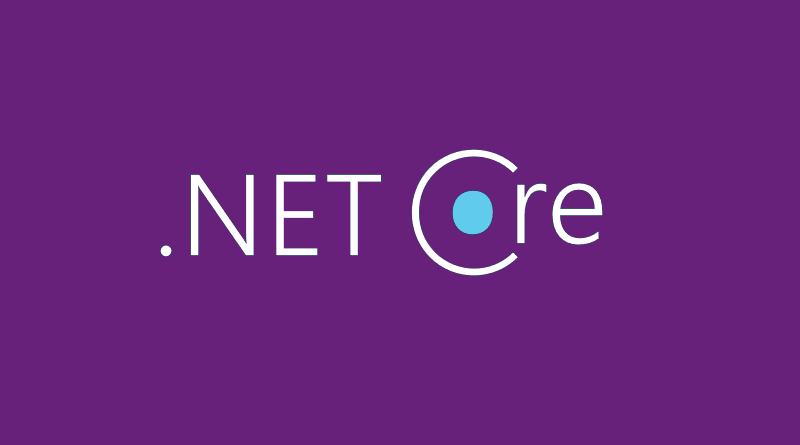Are lock and Monitor the same in C#?
Working on some threading stuff I stumbled upon some discussions about lock and Monitor. Some say they are different and some say they are the same. I took few minutes of time to make some simple experiments with both of these. This blog post shows what C# compiler does with lock statement. As I had to use also Monitor class I added one example here how to use it instead of lock.
Read more






